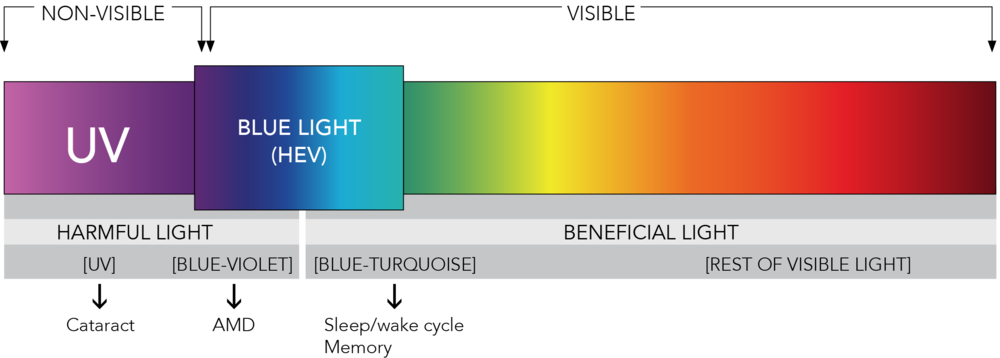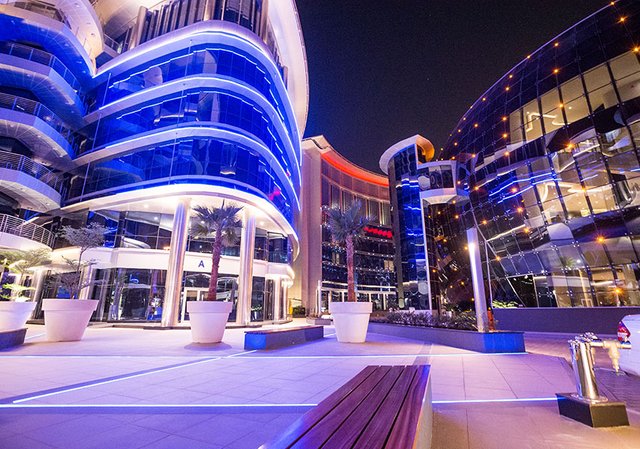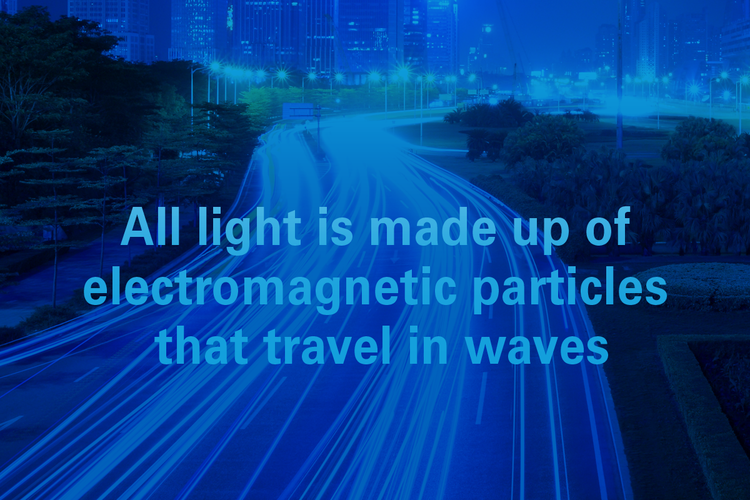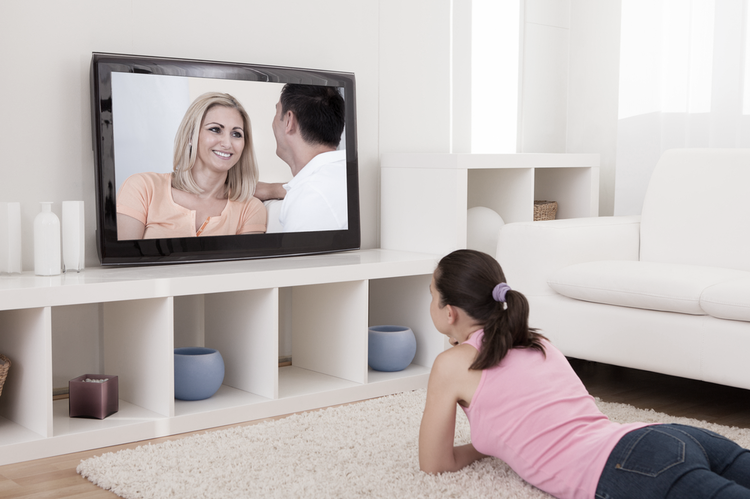The Truth about Blue Light and Cancer!!
Zoltan Koltai, EMEA Technology Director, GE Lighting clears some myths about the relation between blue light and cancer in this latest GE blog entry.

We live in a non-stop world where most of us are sleeping less than previous generations. The ready availability of artificial light has made it easy to work and socialize around the clock – leading many health professionals to question the impact this increased exposure is having on our wellbeing.

As a relatively new technology, LEDs and in particular LED streetlights, have found themselves in the firing line – with some commentators even drawing a link between LEDs, blue light and cancer. However, as with most things, the truth is far more complex than that.
Let’s start by breaking down the thinking behind the debate. Getting enough sleep is recognized as one of the fundamental components of good health. Sleep is regulated by a mechanism known as the circadian rhythm, which tells our brains when to produce melatonin – the body’s sleep hormone. This biological process developed according to the light/dark cycle of the sun; so as the evening light fades away, the brain has evolved to signal the body that it is time to go to sleep.

Over-exposure to light – of any kind – can disturb the circadian rhythm, leading to disruptions in sleeping patterns. For example, many Arctic residents report changes to their sleep during the long summers, when the sun barely sets.
Studies have shown that prolonged disruption to the circadian rhythm can have a detrimental effect on health, possibly due to reduced melatonin levels. The reasoning then follows that over the long term, a reduction in melatonin could possibly increase the risk of serious diseases such as cancer. However, it’s important to stress that this has not been proven conclusively and several other significant factors must be taken into account, such as family history, smoking, diet, alcohol intake and exercise.

So how do LEDs fit into the picture? The key point is around the quality of the light LEDs emit, which contains a higher level of blue in the lighting spectrum than conventional lighting technologies. Studies by organizations such as Harvard University have demonstrated a link between blue light and reduced melatonin production.
Blue light has a beneficial effect during the daytime, as it keeps us awake and alert. However at night, blue light wavelengths have been proven to suppress melatonin more than any other color, therefore disrupting the circadian rhythm and contributing – so the thinking goes – to the associated health problems discussed earlier.
Clearly it’s important to ensure the body gets enough sleep (generally considered to be about seven or eight hours a night for the average adult) so limiting exposure to artificial light during the evening is a wise precaution overall. However, when it comes to the specific risks associated with LED lights, we need to look a little deeper. (A good source of information is Lighting Europe, which has a dedicated website looking at the wider issues surrounding solid-state lighting, including health.)

Essentially, artificial light is not limited to the lamps and ceiling lights in our homes and workplaces – in fact, these type of light are likely to cause the least disruption because they normally do not shine directly into people’s eyes. Televisions, computer screens, mobile phones and other electronic devices emit high levels of blue light, which is directed straight into the user’s eyes. Prolonged use of such devices during the evening hours can certainly lead to light over-exposure and disruption to the circadian rhythm, with potentially negative health consequences.
Similarly, the direct exposure to people’s eyes from streetlights is generally quite minimal, so it’s unlikely that pedestrians or drivers will be subject to over-exposure simply by passing beneath them. Indeed, Trafford Council in Greater Manchester conducted a Health Impact Assessment in 2013, which could find “no evidence that LED street lighting specifically has any additional health and wellbeing effects beyond that found for artificial lighting in general.”
Critically, one of the main benefits of LEDs is that they deliver a highly directional light, meaning the beam can be positioned so as to minimise light intrusion into homes and surrounding areas. GE’s outdoor lighting technology, for example, includes specially designed optical reflectors that shine the light exactly where it is needed with great precision, reducing glare and nuisance light diffusion. When streetlights cause a disturbance by shining directly into residents’ bedrooms, the problem most often lies with the inadequate design of the lighting system overall, which should be replaced or adjusted.

For local authorities facing these challenges, consulting with a lighting service provider such as GE, that is able to advise on effective solutions, is the best way to minimise unnecessary exposure to artificial light – while simultaneously improving the quality of light in the area and allaying any concerns about the risks of blue light exposure.
Hi! I am a robot. I just upvoted you! I found similar content that readers might be interested in:
https://www.ledinside.com/knowledge/2014/11/the_truth_about_blue_light_and_cancer
tanx cheetah